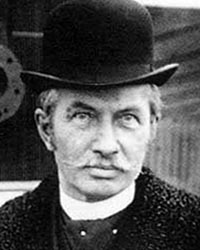
René Arnoux
Much less known than Fauvel, the French aeronautical engineer René Arnoux is a pioneer in the development of the tailless airplane. Arnoux's work is very significant in that he followed quite a new way of designing a flying wing, which has become of more and more importance. Arnoux is the real originator of the "flying plank" class of tailless airplane.
 Arnoux, 1909 download a 1000pixel or 1500pixel image
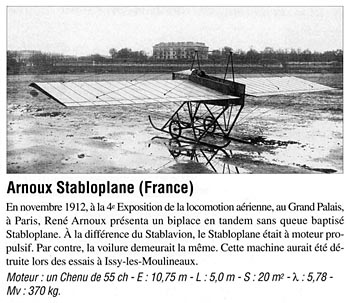 Arnoux, March 1912 download a 1000pixel or 1500pixel image
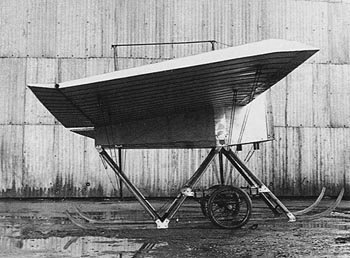 Arnoux, March 1912 download a 1000pixel image
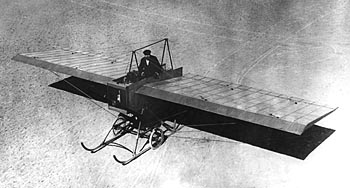 Arnoux, March 1912 download a 1000pixel or 1500pixel image
 Arnoux, November 1912 download a 1000pixel image
At the Paris Air Show in 1913, Arnoux exhibited his "Stablavion" monoplane, a low-wing two-seater motorized by a 55 hp pusher engine. Both monoplanes were tested in flight at Issy-Les-Moulineaux.
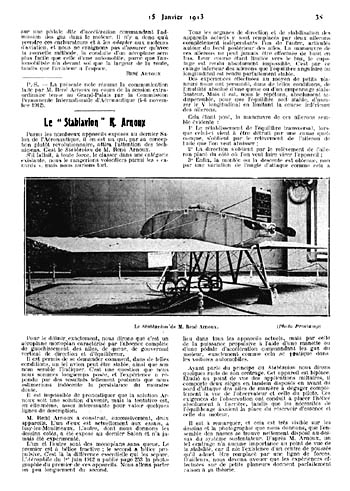 Arnoux, 'Le Stablavion' L' Aérophile, 15 Jan., 1913, p35 click to view a large copy
 Arnoux, 'Le Stablavion' L' Aérophile, 15 Jan., 1913, p35 click to view a large copy
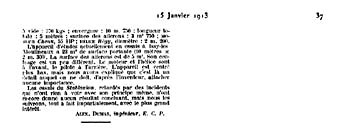 Arnoux, 'Le Stablavion' L' Aérophile, 15 Jan., 1913, p35 click to view a large copy
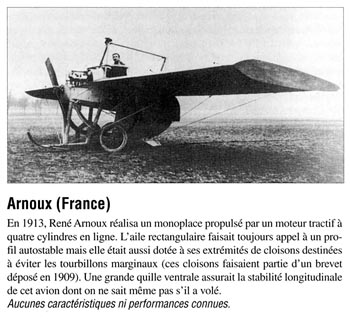 Arnoux, c.1913 download a 1000pixel or 1500pixel image
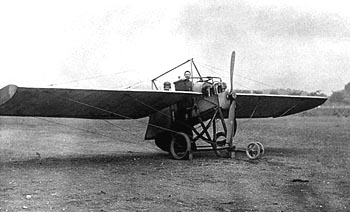 Arnoux, c.1913 download a 1000pixel image
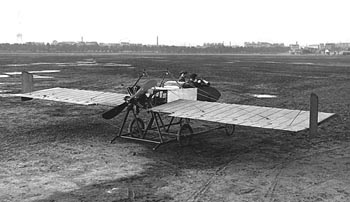 Arnoux, c.1914 download a 1000pixel or 1500pixel image
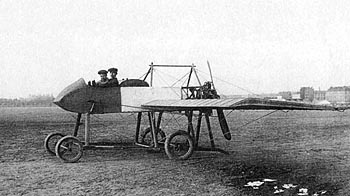 Arnoux, c.1914 download a 1000pixel image
Shortly after the war, Arnoux took up his work again. In 1919/1920, he constructed from components of war-time airplanes a tailless biplane ; it was motorized by a 130 hp rotary engine and had vertical rudder surfaces behind the pilot at both sides of the short nacelle. During 1922, a number of successful flights were made with this biplane. After modification to a single-rudder, it was demonstrated with success to the French aviation authorities, and the results of the tests were so promising that the "Société des Avions Simplex" firm was formed for the further development. The biplane was, however, destroyed in a crash in which the pilot, Fétu, sustained sever injuries. The first design of the Simplex firm was a racing monoplane with a 320 hp Hispano-Suiza engine for the Coupe-Deutsch race of 1922. The design was due to Carmier, and the plane was to be flown by a well-known fighter pilot, Georges Madon. It was a cantilever monoplane with a tractor engine and full-span controllers. The short fuselage ended in a vertical fin with a rudder. The pilot sat rather far back behind the leading edge of the wing ; in addition, a barrel radiator excluded any view forward. So it was not surprising that even a very experienced pilot like Madon could meet with an accident during a test flight prior to the race. He escaped with severe injuries, and the general impression created was rather unfortunate. Since Fétu had previously met with a grave accident with the Arnoux biplane, the fate of this interesting development was sealed. Arnoux himself seems to have been discouraged from further pursuing his line of investigation. Of all tailless aeroplane systems, the type created by René Arnoux undoubtedly presents the greatest simplicity, it is aerodynamically satisfactory and structurally superior to any other known tailless system. For these reasons, Arnoux's work deserves more attention and merit than it received. One AV-22 was christened "René Arnoux" by Charles Fauvel, in memory of this pioneer. Source : Weyl, A.R., Tailless Aircraft and Flying Wings, Aircraft engineering, December 1944
|
© Copyright 1999-2002 CTIE - All Rights Reserved - Caution |
